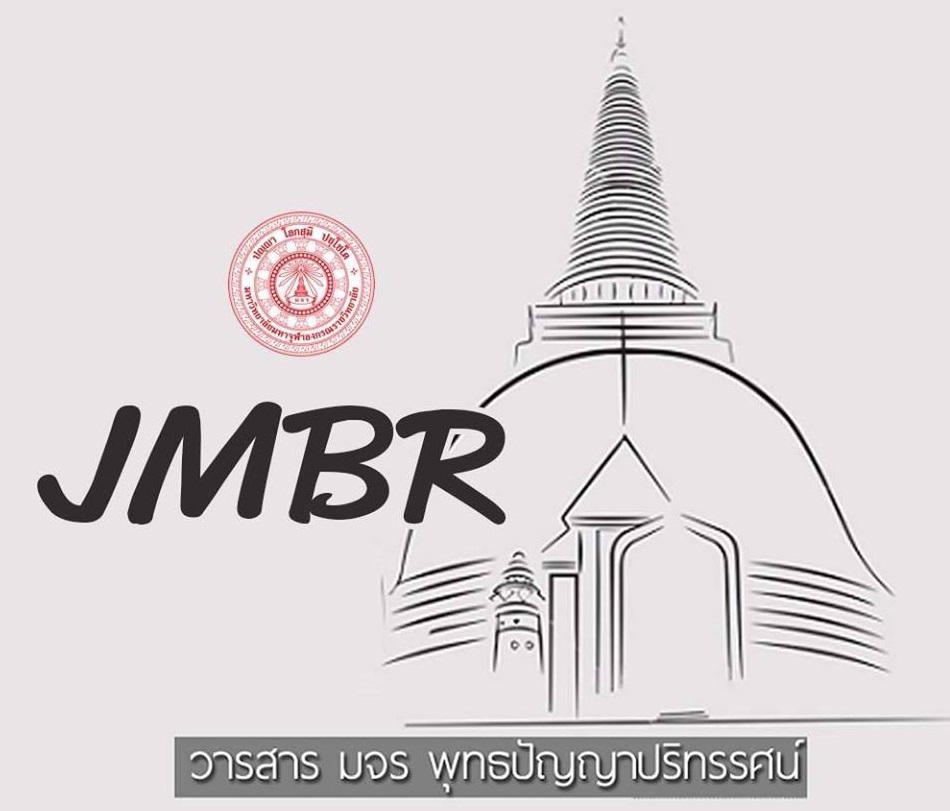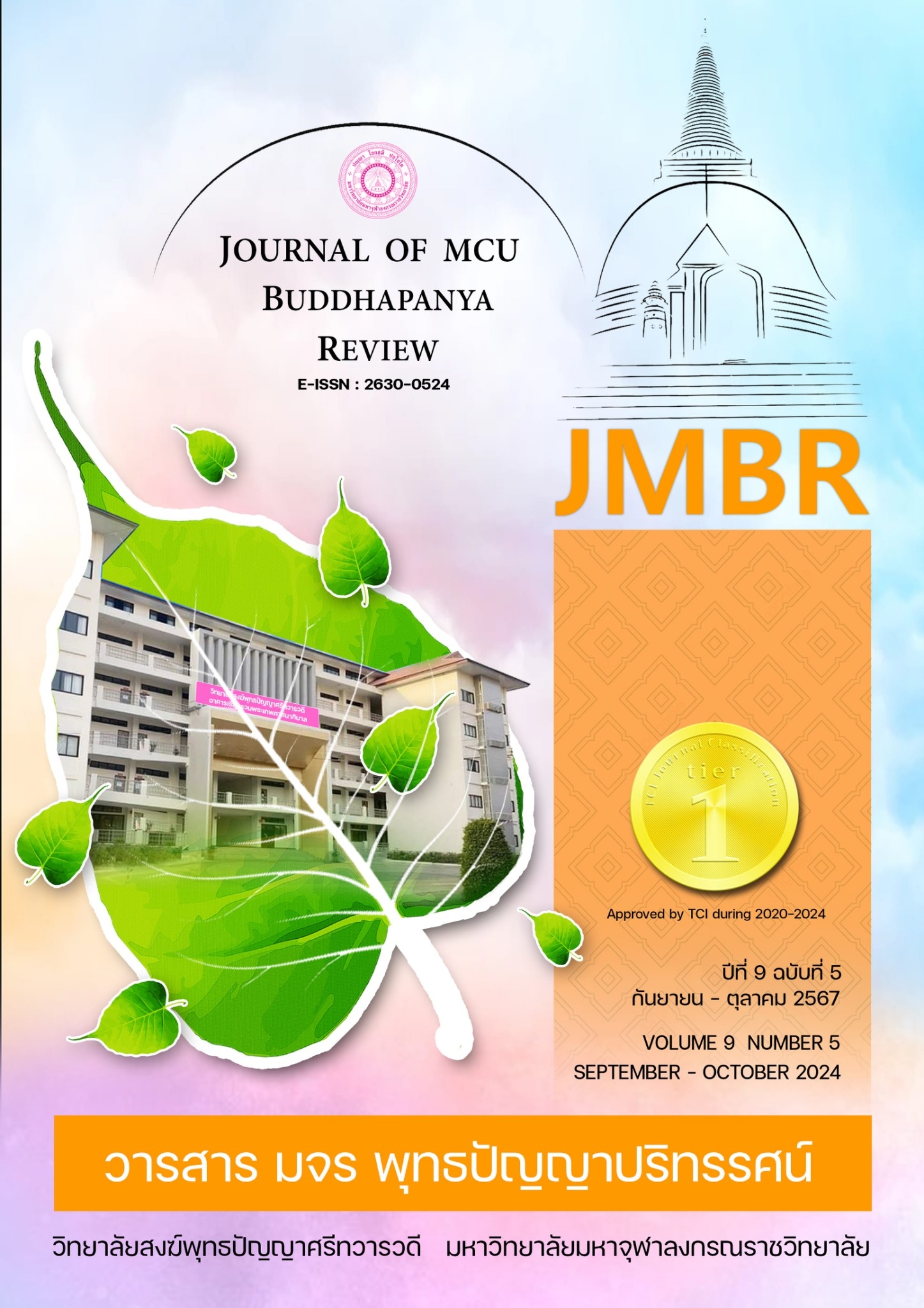ความทุ่มเทของพนักงานองค์การบริหารส่วนตำบลในประเทศไทย
คำสำคัญ:
ความทุ่มเท, พนักงาน, องค์การบริหารส่วนตำบลบทคัดย่อ
วัตถุประสงค์ของการวิจัยเพื่อศึกษา 1. เพื่อศึกษาความสัมพันธ์ระหว่างภาวะผู้นำการเปลี่ยนแปลงกับความทุ่มเทของพนักงานองค์การบริหารส่วนตำบล 2. เพื่อศึกษาความสัมพันธ์ระหว่างคุณภาพชีวิตในการทำงานกับความทุ่มเทของพนักงานองค์การบริหารส่วนตำบล 3. เพื่อศึกษาความสัมพันธ์ระหว่างวัฒนธรรมองค์การกับความทุ่มเทของพนักงานองค์การบริหารส่วนตำบล 4. เพื่อศึกษาความแตกต่างของขนาดองค์การบริหารส่วนตำบลกับความทุ่มเทของพนักงานองค์การบริหารส่วนตำบล การวิจัยนี้เป็นการศึกษาโดยใช้เทคนิคการวิจัยเชิงปริมาณ แบบสำรวจด้วยตัวอย่าง โดยมีข้าราชการองค์การบริหารส่วนตำบล ซึ่งผู้วิจัยได้ทำการสุ่มแบบชั้นภูมิ (Stratified Random Sampling)
ผลการศึกษาพบว่า ผลการทดสอบสมมติฐานด้วยการวิเคราะห์สหสัมพันธ์ พบว่า มีค่านัยสำคัญเท่ากับ 0.01 ซึ่งน้อยกว่าที่กำหนดไว้ที่ระดับ 0.05 จึงปฏิเสธสมมติฐานหลักและยอมรับสมมติฐานรอง คือ 1. ภาวะผู้นำการเปลี่ยนแปลง คุณภาพชีวิตในการทำงาน และวัฒนธรรมองค์การมีความสัมพันธ์กับความทุ่มเทของพนักงานองค์การบริหารส่วนตำบลในประเทศไทย โดยสามารถอธิบายการเปลี่ยนแปลงได้ร้อยละ 50.1 ซึ่งปัจจัยที่สามารถอธิบายการเปลี่ยนแปลงความทุ่มเทของพนักงานองค์การได้มากที่สุด คือ วัฒนธรรมองค์การ (0.573) รองลงมา คือ ภาวะผู้นำการเปลี่ยนแปลง (0.404) และคุณภาพชีวิตในการทำงาน (0.100) ตามลำดับ 2. ขนาดองค์การบริหารส่วนตำบลที่แตกต่างจะทำให้ความทุ่มเทของพนักงานด้านความทุ่มเททางความรู้คิด กับด้านความทุ่มเททางอารมณ์ มีความแตกต่างกัน โดยองค์การบริหารส่วนตำบลขนาดกลางจะมีความทุ่มเททางความรู้คิด กับความทุ่มเททางอารมณ์มากกว่าองค์การบริหารส่วนตำบลขนาดใหญ่
เอกสารอ้างอิง
Kriangchaiporn, N.,et al. (2019). "The Relationship Between Quality of Work Life, Organizational Commitment, and Work Behavior of Employees of the Provincial Waterworks Authority." Ratchaphruek Journal, 13(30).
Theerapakorn, B,. (2010). Improving the Quality of Work Life. Bangkok Block Partnership Limited.
Siriwetch, W.,and Laothongmeesakul., S.,. (2020). "The Influence of Resilience, Work Engagement, and Transformational Leadership on Organizational Citizenship Behavior of Employees in a Packaging Industry Company."
Cooke, F.L., Cooper, B., Bartram, T., Wang, J., & Mei, H. (2019). Mapping the relationships between high-performance work systems, employee resilience and engagement: A study of the banking industry in China. The International Journal of Human Resource Management, 30 (8), 1239–1260.
Gilbert & Abdullah, (2004). An examination of organizational trust antecedents. Public Personnel Management, 27 (3), 321-338.
Harley, J.L. and Smith. (2010). The Myth of Empowerment: Work Organization, Hierarchy and Employee Autonomy in Australian Workplaces’, Work, Employment and Society. 13(1) : 41-66.
Harter, Schmidt, & Hayes, (2016). Business-unit-level relationship between employee satisfaction, employee engagement, and business outcomes: A meta-analysis. Journal of Applied Psychology, 87(2), 268–279.
Huse & Cummings, (1980). Organizational Development and Change : Three Strategies of Organizational Change: Organizational Development, Organizational Theory and Organizational Design. St. Paul, MN: West.
Inamizu & Makishima, (2018). Job performance explains work engagement: Curvilinear relations between the two. Annals of Business Administrative Science. 17(4) DOI: 10.7880/abas.0180712a.
Knudsen et. al., (2011). Strategic Choice and New Forms of Employment Relations in the Public Service Sector : Developing an Analytical Framework. The International Journal of Human Resource Management 7(1) : 206-229.DOI:10. 1080/ 09585199600000125.
Lee. (2012). Individual employment characteristics of hotel employees that play a role in employee satisfaction and work retention. International Journal of Hospitality Management, 29(344-353).
Meyer and Herscovitch. (2001). Commitment in the Workplace : Toward A General Model. Human Resource Management Review.11(3) : 299-326.
Monnot & Beehr, (2014). Subjective well-being at work: Disentangling source effects of stress and support on enthusiasm, contentment, and meaningfulness. Journal of Vocational Behavior, 85(2), 204–218. https://doi.org/10.1016/j.jvb.2014.07.005.
Rathi. (2010). Relationship of Quality of Work Life with Employees’ Psychological Well-Being Abstracts in 8th Annual Conference of the International Society for Quality of Life Research; November 7-10, 2001. Amsterdam, Netherlands. Qual Life Res 2001; 10: 199.
Salanova, Agut, & Peiró. (2005). Linking Organizational Resources and Work Engagement to Employee Performance and Customer Loyalty: The Mediation of Service Climate., Journal of Applied Psychology. 90(6):1217-27,DOI:10.1037/0021-9010.90.6.1217.
Schaufeli et. al., (2006 ). Workaholism, burnout and work engagement: Three of a kind or three different kinds of employee well-being? Applied Psychology: An International Review, 57, 173-203.
Shuck et. al., (2017). The Health-Related Upside of Employee Engagement: Exploratory Evidence and Implications for Theory and Practice. https://doi.org/10.1002/piq.21246.
Sirgy et. al., (2001). Feeling vigorous at work? The cost of vigor and the study of positive affect in Organization. In D. Ganster & P.L. Perrewe (Eds.), Research in organization stress and
Treppawan, P. (2021). Strategic human resource management. Bangkok: Se-Education Public Company Limited.
Wright. (2010). Integrating a personal and social responsibility program into a wellness course for urban high school students: Assessing implementation and educational outcomes. Sport, Education and Society, 15, 277–298. doi:10.1080/13573322.2010.493309.
Xanthopoulou, Bakker, Demerouti, & Schaufeli. (2009). Work engagement and financial returns: A diary study on the role of job and personal resources. Journal of Occupational and Organizational Psychology, 82 (1), 183-200. https://doi.org/10.1348/096317908X285633
ดาวน์โหลด
เผยแพร่แล้ว
รูปแบบการอ้างอิง
ฉบับ
ประเภทบทความ
สัญญาอนุญาต
ลิขสิทธิ์ (c) 2025 วารสาร มจร พุทธปัญญาปริทรรศน์

อนุญาตภายใต้เงื่อนไข Creative Commons Attribution-NonCommercial-NoDerivatives 4.0 International License.



